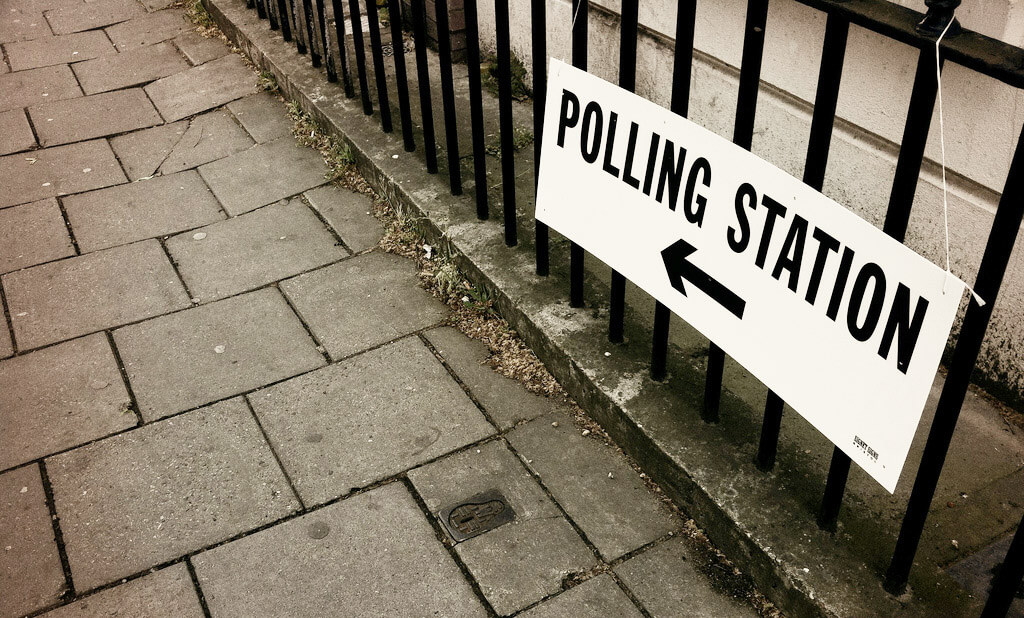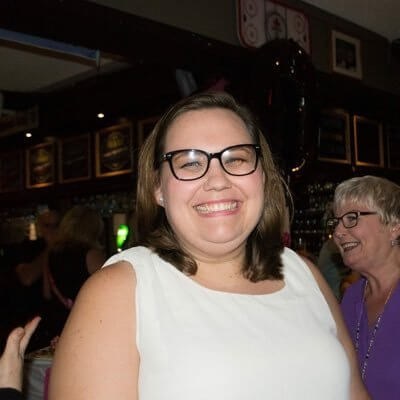Get Out the Vote! Young People as a “New Political Force”
“While they still punch below their weight electorally, young Canadians represent a powerful new political force that will continue to shape the future of Canadian politics for the next three decades, much like their parents’ generation, the Baby Boomers, did for the previous three.”
– (The Next Canada: Politics, Political Engagement, and Priorities of Canada’s Next Electoral Powerhouse: Young Canadians)
Following last month’s BREXIT referendum, there was a great deal of talk online and across social media platforms about the result. In my own newsfeeds, I saw posts asking for users to move away from politics and get back to regularly scheduled “would you rather quizzes” and cat videos. However, I saw many more posts celebrating the fact that young people were actively talking about politics.
Seeing how British youth responded to the referendum made me wonder about the voting landscape in my own country. Elections Canada estimated that during the 2011 federal election, only 39% of Canadians aged 18-24 voted. Further research discovered that in 2008, in that same age group, only 39% (down from 44% two years earlier) voted. These figures give credence to the commonly held belief that young people are disengaged and disinterested in voting, and that Millenials are generally apathetic about politics.
When I came across estimates from last October’s federal election however, Canada witnessed a significant change in youth voting. Unlike previous years, it was a change for the better. According to Statistics Canada, youth participation increased:
-
- Voter turnout for the 18-24 age group increased by 12%
- Voter turnout for the 25-34 age group increased by 11%
For those aged 55+, their turnout only increased marginally between 1-3 percentage points. This suggests that as a whole, the overall increase in voter turnout across Canada in the last federal election is due to an increase in the participation of young people under age 45.
So this naturally begs the question: what changed? I turned to a local expert and friend of YouthREX, Jamil Jivani, for his perspective on the 2015 federal election. Jamil is the founder of Citizen Empowerment Project, a public education organization focused on Canadian law and policy issues that was incredibly influential in getting youth out to vote in the Toronto Jane and Finch Community. I asked Jamil why he thought youth voting numbers increased in the last election:
“Nationally, I think people felt the 2015 federal election was an important one with significant consequences for Canadians due to the stark differences between the parties on a wide range of issues, from economics to climate change to multiculturalism and immigration.
Locally, I think there were groups at the grassroots level across Canada who were engaging with demographic groups who traditionally have lower participation rates (youth, low-incomes families, newcomers) and that targeted strategy made people who often feel excluded feel like their voice matters.” – Jamil Jivani
Jamil knows what he’s talking about, having launched #JaneAndFinchVotes in August 2015 in partnership with a team of youth workers, including lifelong Jane and Finch resident Andrew Newsome. This push to get people voting was one of the most successful non-partisan campaigns in the election; #JaneAndFinchVotes contributed to an 11% increase in voter participation in the riding. This was 4% higher than the national average increase for all voter groups!
In total #JaneAndFinchVotes made 2,000 phone calls, texts, and emails. They made 6,000 home visits, delivered 8,000 pieces of literature, and worked with 65 volunteers from diverse communities. This campaign recognized that Canadians who are members of visible minorities are 15% less likely to vote than other Canadians. This is perhaps a result of a lack of representation of all Canadians across the three levels of government. Since Jane and Finch is incredibly culturally diverse, this meant there was a lot of work to do to encourage voters.
To build on the momentum of the 2015 election we have to keep engaging youth in our democracy in between elections. Our strategy to accomplish that is to empower the young leaders who are across Canada and give them the tools to encourage civic engagement among their peers at school, in community programs and in their social circles. – Jamil Jivani
It is exciting to see a shift in voting trends among youth in Canada, but there is much more work to be done. Many young people feel that they are ignored by politicians and don’t see themselves, or the issues they care about represented in politics and by government officials at all levels. They aren’t wrong. A vicious cycle has emerged where politicians focus little attention on young people because they don’t vote, and young people don’t vote because they get little attention from politicians. This is incredibly unfortunate because when Canada’s youth population turns up at polls, they are most certainly a force to be reckoned with.
While the responsibility of voting falls on all citizens, including youth, politicians and government as a whole need to do more to be responsive to all members of the communities they represent. Youth need to see that that their voice does indeed matter, and that the calls for their civic engagement will amount to more than lip service.
Here are some organizations you can check out that are working to encourage youth civic participation across Canada:


